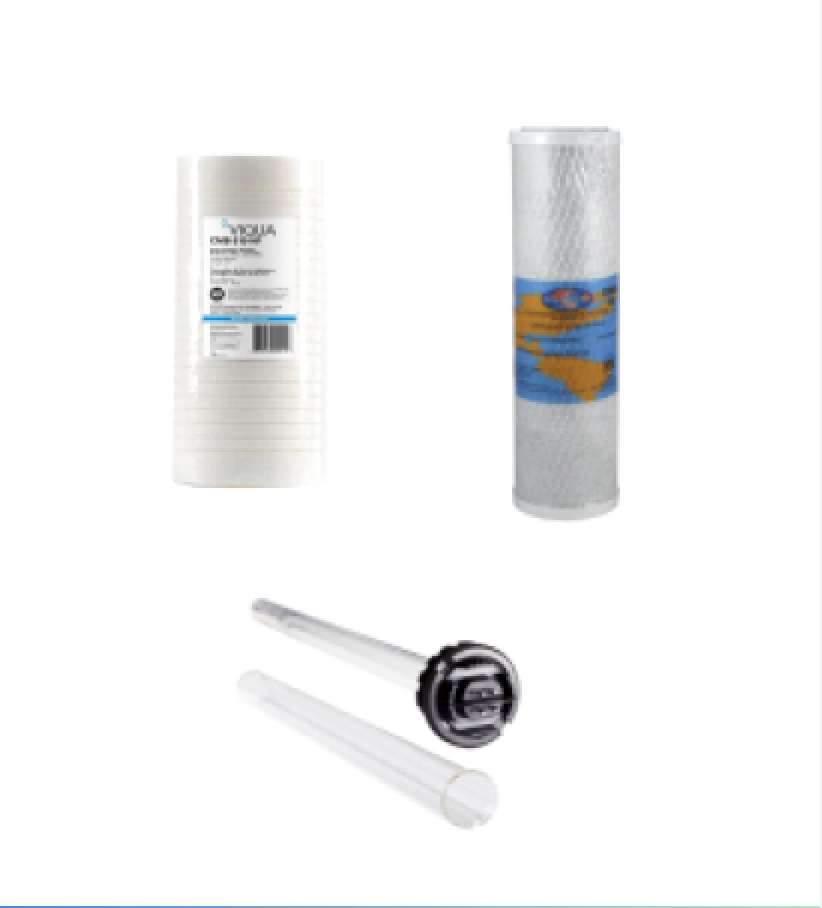A POU (point of use) water filter system is a type of water treatment system that is designed to filter water at a single point of use, such as at a specific faucet or drinking water dispenser. These systems are typically installed where the water is used, such as under the sink, on the countertop, or attached to the faucet.
POU water filter systems are typically smaller and less expensive than POE (point of entry) systems, and they are designed to remove a variety of contaminants from the water, such as sediment, chlorine, lead, and other chemicals or impurities that can affect the taste, odor, and quality of the water.
There are several types of POU water filter systems, including pitcher filters, faucet filters, countertop filters, and under-sink filters. Each type of filter uses different technologies to remove contaminants from the water, such as activated carbon, reverse osmosis, or distillation. The type of filter you choose will depend on the specific contaminants in your water and your personal preferences.
Point of use systems or "POU" filters are generally installed at the kitchen sink for filtered drinking water. These single faucet filter systems may be either a Reverse Osmosis filter system or a UV water sterilizer. Some point of use systems can be installed on the countertop, but most customers prefer under sink installation. Under counter filtration systems are plumbed to the main cold water supply.
A wide variety of series filters are available to address a large number of contaminants in water.
